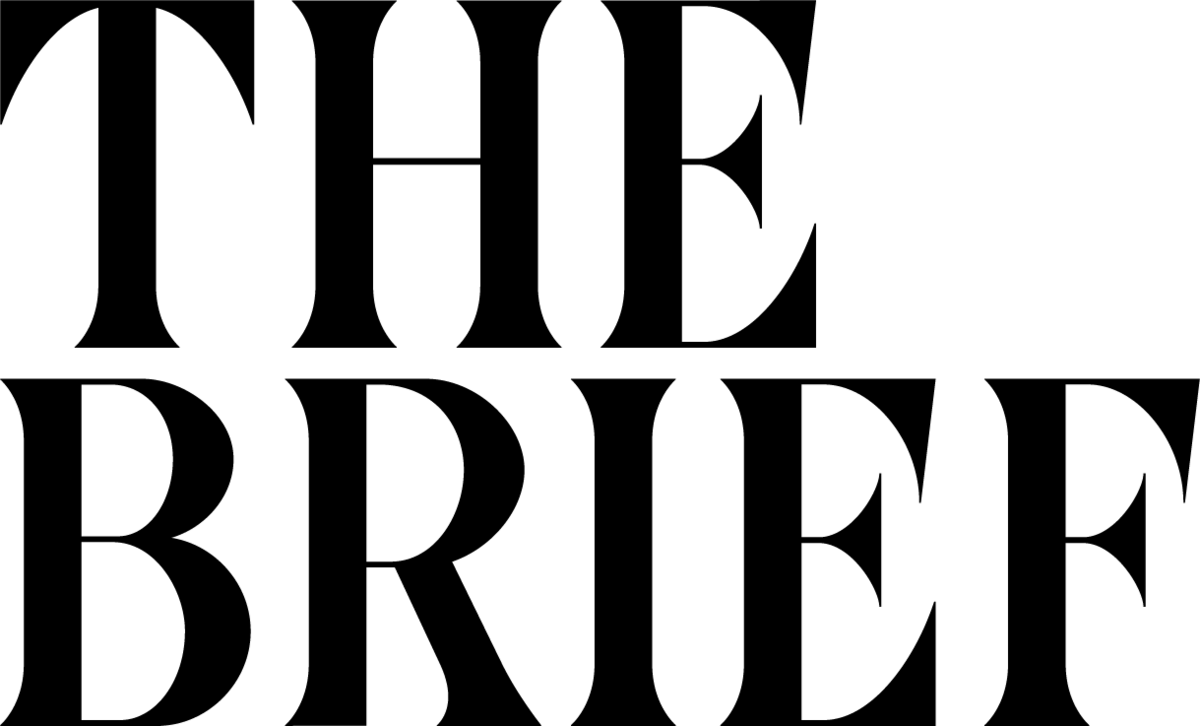20,203 founders and comms leaders start their weekend with The Colab Brief.
Join them to get weekly analysis of PR trends and non-traditional media moves.
Seeking impartial news? Meet 1440.
Every day, 3.5 million readers turn to 1440 for their factual news. We sift through 100+ sources to bring you a complete summary of politics, global events, business, and culture, all in a brief 5-minute email. Enjoy an impartial news experience.

We talk a lot about PR as a growth engine. But sometimes, comms isn’t just about driving momentum—it’s about containing the damage.
This week, TechCrunch gave us a perfect case study in what not to do.
After laying off its entire European editorial team, TechCrunch leadership published a public letter titled “We’re not leaving. Period.” The goal was to reassure readers, founders, and contributors across the EU. The result? A lot of confusion.
The backlash was swift—and warranted. The letter was vague, self-congratulatory, and light on the one thing audiences actually wanted: a plan.
Here’s the issue. You can’t cut a newsroom and expect people to buy into “business as usual.” Readers know better. Founders and comms teams know better. And trying to spin that kind of editorial shift without substance? It creates a vacuum that LinkedIn will fill.
They also didn’t just eliminate faceless writers. They cut some of the most impactful names in tech journalism. People that are recognizable and respected.
There are three big comms lessons here:
If you're making a big move, don't skip the “what’s next.”
Layoffs happen. Restructuring happens. But if you’re taking something away, you need to tell people what you’re building in its place—or they’ll assume there’s nothing.Don’t center the company. Center the audience.
This letter read like a corporate press release, not a conversation with a worried community. That’s a huge miss. Especially when trust is already fragile. It also read like it was written by someone who doesn’t understand the legacy of TechCrunch.Tone matters more than spin.
There’s a way to be honest and still optimistic. But that tone only works if you show receipts. Right now, there’s no new team. No coverage plan. Just promises—and a lot of disappointed readers.
This isn’t just a TechCrunch problem. It’s a wake-up call for every brand that thinks crisis comms is just about controlling the message.
It’s not. It’s about earning belief when belief is hardest to hold.
PR can’t patch over a credibility gap. It has to close it.
And if you’re not ready to show your receipts? Say less.
📱 New in Non-Traditional Media
Tracking the newsletters, podcasts, and creators reshaping media influence.
📰 In the news
📌 Disney & Universal Sue Midjourney Over Copyright
Disney and NBCUniversal have filed a high-profile lawsuit against AI image-generator Midjourney, accusing it of using iconic characters like Elsa, Spider‑Man, and Yoda without permission. They describe Midjourney as a “bottomless pit of plagiarism” and are seeking damages and an injunction. It’s one of the boldest moves yet by legacy media to challenge how AI companies train on copyrighted IP.🗞️ Google’s AI Overviews Crater Publisher Traffic
Major publishers are reporting 50–55% drops in search traffic after Google rolled out its AI-powered “Overview” feature. These summaries replace traditional blue links with direct answers, effectively cutting off referral traffic to news sites. It’s forcing media orgs to rethink how they drive discovery, monetize content, and stay visible in an AI-first internet.🤖 AI Scrapers Surge, Causing ‘Crawl Debt’ for Media
New research shows AI “retrieval bots” from companies like OpenAI and Anthropic are scraping content at record levels—over 26 million unauthorized scrapes in one month alone. Publishers are raising alarms over rising server costs, lost ad revenue, and the need for licensing enforcement to prevent their work from being quietly harvested for training data.
🎤 Spotlight on Fintech Creators
Curated picks for fintech pros looking for smart, niche insights:
Curated by: Nik Milanovic
Focus: A concise, well-written weekly roundup covering the most impactful news and trends—ranging from digital banks to crypto, payments, and regtech.
Why Subscribe: With over 120K subscribers, it strikes a sweet spot between accessibility and depth, balancing headlines with smart analysis—ideal for anyone wanting a reliable weekly pulse on fintech.
Curated by: Jason Mikula
Focus: In-depth analysis on banking, fintech, and crypto trends.
Why Subscribe: Industry insider perspective with honest, actionable insights—covering business models, regulatory updates, and tech developments. Free with a growing audience.
Curated by: Sam Boboev
Focus: A curated collection of fintech reports, whitepapers, and expert guidelines, plus occasional deep dives (e.g., smart wallets, agentic AI, BaaS infrastructure).
Why Subscribe: Timely and thematic—great for professionals who want curated thought leadership and research without the noise.
⭐ Favorite story of the week:
“Meta’s New AI Lab Aims for Superintelligence” – The New York Times
Meta just unveiled its most ambitious AI project yet: a dedicated lab focused on building artificial superintelligence. Not just smarter chatbots or better image generators—Zuckerberg says this team is aiming to create systems that surpass human intelligence entirely.
In a year already full of AI breakthroughs, the announcement sounds almost cinematic. The lab has a new name (the “Superalignment” team), a new org chart (folding in top researchers from FAIR), and a not-so-subtle goal: win the AGI race.
What’s striking isn’t just the ambition—it’s the speed. Meta plans to train its next-gen model by early 2026, using a custom-built data center with 350,000 Nvidia chips. This isn’t theoretical. It’s a full-stack bet on a future where intelligence itself is a competitive advantage.
While others hedge with open letters and alignment task forces, Meta’s move feels more like a moonshot—bold, tightly controlled, and very calculated. In a world full of talk, they’re building the scaffolding for something much bigger.
⚡ [Insights] - Convo Clips from the Week
We’ve had a lot of conversations centered around AI this week. How to increase visibility, how to be “found” on the LLMs. One interesting point that came up in a conversation was the importance of leveraging Perplexity Pages.
Perplexity is quickly becoming a go-to source for AI-native search—and their Pages product is a signal of where content is heading. These aren’t just blog posts. They’re structured, extractable, and built to feed large language models exactly what they’re looking for.
If you're trying to build authority in an AI-first world, here's why this format matters:
LLMs reward clarity. Pages with clear headings, direct answers, and bullet points are easier for AI to parse and cite.
Authority still wins. Brands with backlinks, third-party reviews, and consistent publishing history are prioritized.
Recency is a signal. AI tools value fresh, in-depth content that reflects current insights—not generic evergreen filler.
AI and Google are linked. There’s a strong correlation between high Google rankings and Perplexity citations—but LLMs will still surface niche content if it’s relevant and well-structured
Start creating your AI awareness strategy today. Say hello.

Like The Colab Brief?
Share with your friends
The Colab PR Template Pack (Now Live!)
SWAG [Exclusive]

